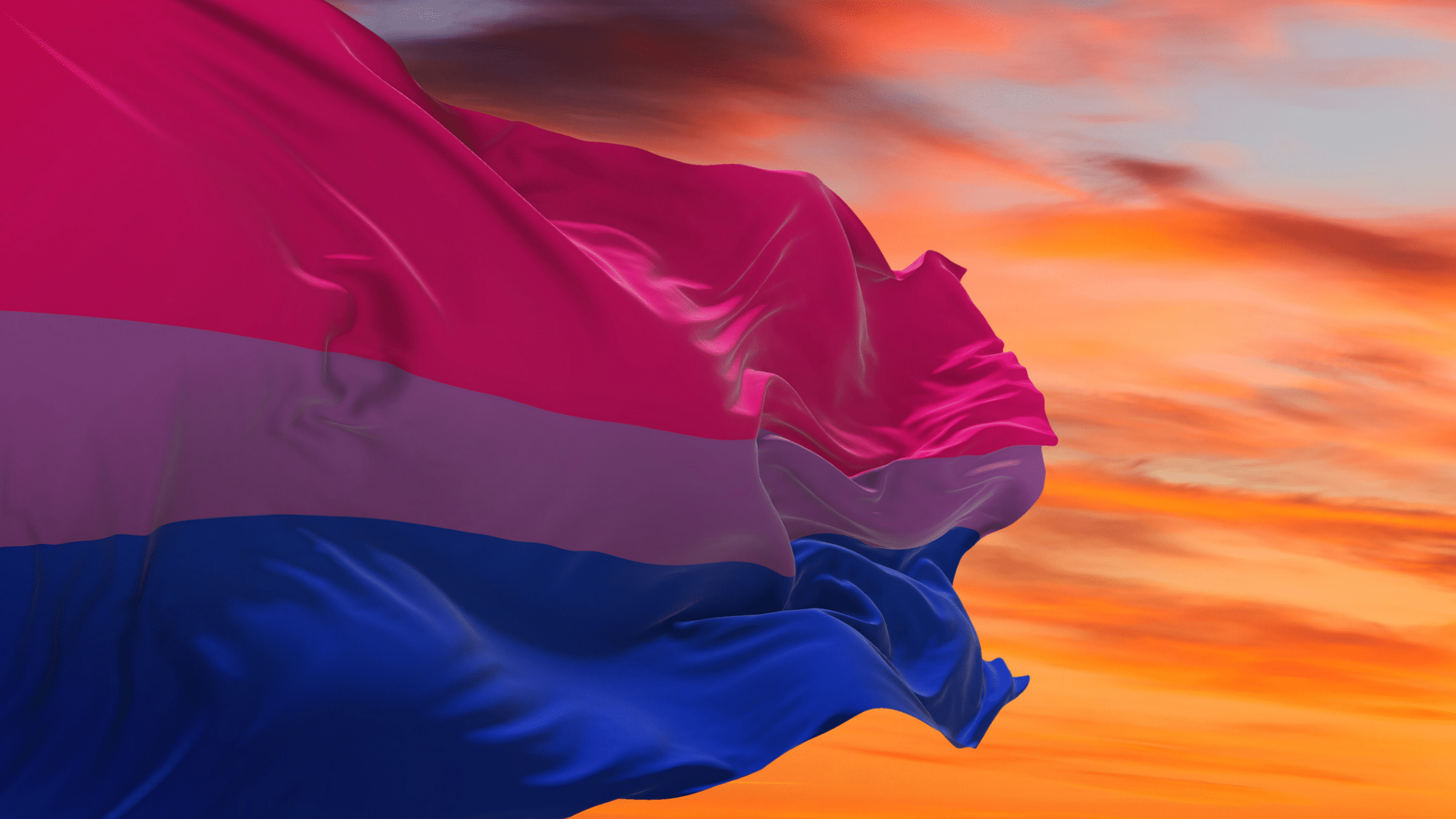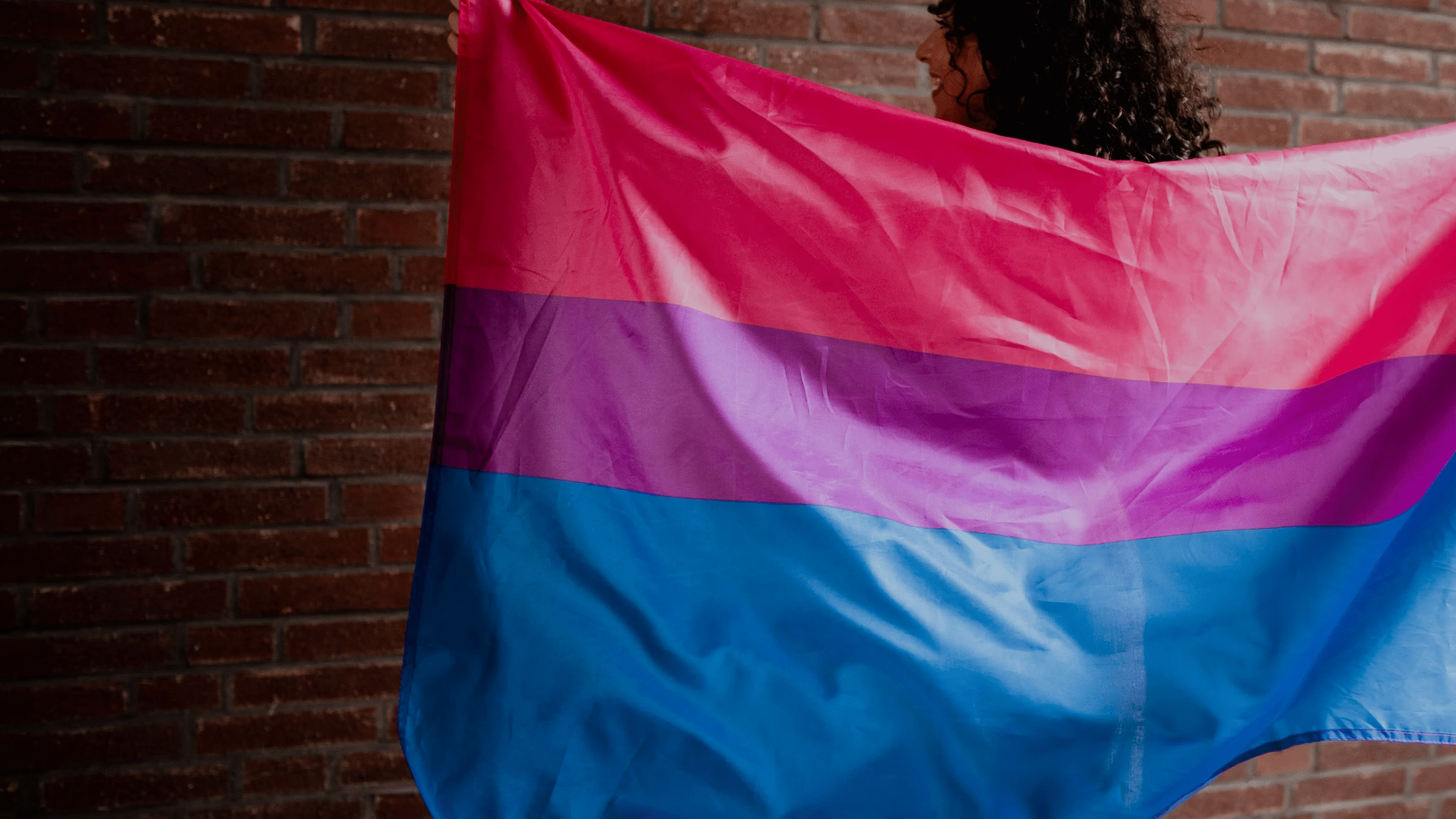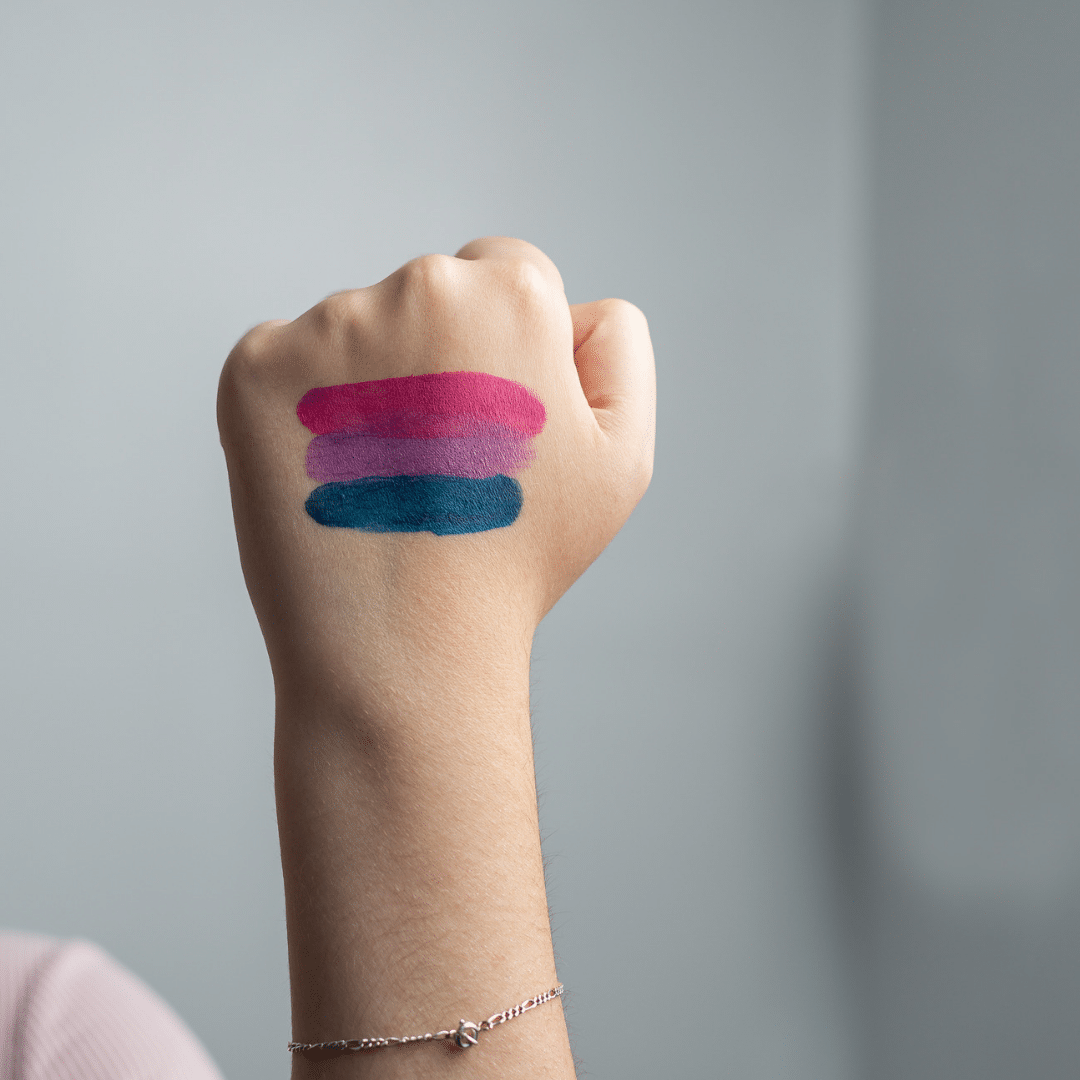
March is Bisexual Health Awareness Month; it is also Women’s History Month in the U.S. Bisexuality—pansexuality or non-monosexuality—refers to attraction to more than one gender, regardless of one’s gender. Despite making up the largest group within the LGBTQIA+ community, bisexual folks often face a lot of stigma, even within the community. Myths or misconceptions about them perpetuate misunderstandings, erasure of, and discrimination against bisexual individuals. In this blog post, we will debunk some of the common misconceptions and foster a more accurate understanding of bisexual identity.

Myth #1: Bisexual identity is a Phase
Some people believe bisexual individuals are just heterosexual people experimenting with other genders. They believe bisexuality shouldn’t be taken seriously because after all the fun and fulfilling fantasies, these individuals will settle back into their heterosexual identity.
This misconception undermines the legitimacy of bisexual identity as a valid and enduring identity. Being bisexual, like any other sexual orientation, is a complex and intrinsic aspect of a person’s identity. Just like heterosexual or homosexual identities are not considered a passing phase, bisexual identity deserves the same recognition and respect.
Myth #2: Bisexual Individuals are Greedy or Indecisive
The idea that bisexual individuals are greedy, indecisive, or unable to make up their minds regarding their attractions is yet another stereotype that requires debunking. This myth simplifies the nuanced experiences of bisexual people, oversimplifying their journey.
Bisexual identity is about acknowledging and embracing a capacity for attraction to more than one gender, not a failure to make a choice. People of all sexual orientations navigate their attractions in unique ways, and bisexual identity is no exception.
Myth #3: Bisexual Individuals are Promiscuous
Another damaging stereotype is the assumption that bisexual individuals are inherently promiscuous or unable to commit to monogamous relationships. This misconception contributes to the hypersexualization of bisexual identity and leads to unfair judgments and stigmatization.
In reality, the frequency at which a person decides to engage in sexual activities and with whom varies among individuals, regardless of sexual orientation. Bisexual individuals, like anyone else, seek meaningful and committed relationships, and it’s essential to challenge the notion that bisexual identity is synonymous with promiscuity.
Myth #4: Bisexual Individuals are Always Down For Threesomes
This one is closely tied to the above myth. Many folks assume bisexual folks, especially women, are always eager to engage in sex with multiple people at the same time. Some bisexual people may consent to this arrangement, but this doesn’t make it OK to objectify or make harmful assumptions about their sexual activities.
FYI: Bisexuality doesn’t imply an inherent interest in threesomes or relationships with people of any gender at the same time. This is likely a bias you hold and should explore what made you believe this to be true.
Myth #5: Bisexual People Dating Opposite Genders Have Chosen to be Straight
Some misconceptions suggest that bisexual people have ‘decided’ to be straight or that their bisexual identity fades away if they find themselves in a monogamous relationship with someone of the opposite gender.
Like anyone else, we cannot predict who we will fall in love with. Couples (monogamous or nonmonogamous) could find themselves in mixed-sexual orientation relationships. This means that one person may identify as straight and another as bisexual. The bisexual person’s identity does not mean they’ve chosen to be straight. They likely still identify as bisexual.
Myth #6: Bisexual People Experience Equal Attraction to All Genders
A common misconception surrounding bisexual identity is the assumption that individuals who identify as bisexual experience equal attraction to all genders (50/50). In reality, bisexual identity does not imply a perfectly balanced attraction to every gender, as attractions can vary in intensity and preference.
Bisexual individuals, like individuals of any other sexual orientation, experience diverse and unique attractions. It’s helpful to recognize that bisexual identity does not adhere to a rigid formula and allows for a spectrum of attractions.
Myth #7: Being bisexual means you are only attracted to two genders
To be fair, bisexuality has long been defined with a heavy focus on bi, meaning two. Many have believed that bisexuality means being attracted to men and women. With there being more than two genders, this definition has been dismissed as exclusionary of other genders outside the binary. Thus, the definition of bisexuality evolved to correct this.
This means bisexuality can be used interchangeably with pansexuality or non-monosexuality.
Take Away
Heteronormative ideas have convinced us that there are only two valid genders. This isn’t the case; other people identify with other sexual orientations, and their identities regardless of their relationship status. Breaking down stereotypes and misconceptions surrounding bisexual identity can create a more inclusive society. It fosters empathy, acceptance, and support for the diverse experiences of bisexual individuals.
If you or someone you know is struggling with their identity and coming out contact us for a consultation via our contact form.


